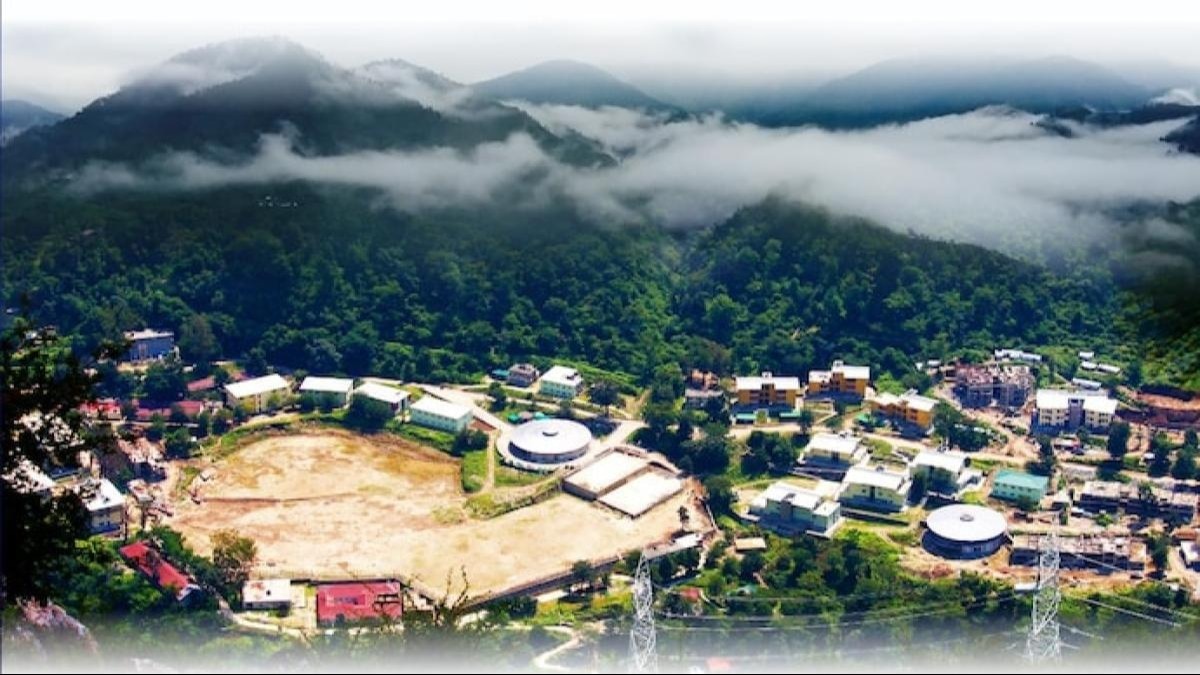
[ad_1]
The Indian Institute of Technology, Mandi, is developing a first-of-its-kind indigenous room-temperature quantum computer that will use photons for faster calculations, according to officials. The computer, being developed as part of the National Quantum Mission, will be unique in its ability to analyse data and suggest solutions with 86 percent accuracy without traditional algorithms, they said.
Quantum computing is a rapidly emerging technology that harnesses the laws of quantum mechanics to solve problems too complex for classical computers. “We are constructing a room-temperature optical Quantum computer capable of solving feature learning and classification problems instantly.”
“With a sophisticated user interface, quantum simulator and quantum processing capabilities in place, our computer will operate as a graphics processor (GPU) instead of CPU, seamlessly processing inputs such as videos or photographs,” said C S Yadav, the chairperson of the Center for Quantum Science and Technologies (CQST) at IIT-Mandi.
It will extract a model to explain inherent dynamics hidden in the input data and deliver output as quantum live feed, he said. “Composing a quantum algorithm is tedious. Yet our computer will mirror the inquisitive mind of a scientist, swiftly suggesting an approximate theoretical model for unknown big data with an 86 percent accuracy, all without relying on algorithms,” Yadav told PTI.
According to Yadav, there is a lot of buzz about quantum computing and companies like Google and IBM have made their own quantum computers. “So let’s say that those companies are making a quantum computer which is based on a superconducting Josephson junction qubit. To do that quantum computing, you will require a very low temperature. So, our objective is to make a photon-based quantum computer at room temperature,” he said.
HOW WILL QUANTUM COMPUTER WORK?
Josephson junction is a device that provides the non-linearity needed to turn a superconducting circuit into a qubit. Yadav explained that the room-temperature optical quantum computer will use light for doing fast calculations. Using quantum bits (qubits), the computer will exist in multiple states simultaneously, allowing incredibly fast processing.
The system will be able to update itself and erase its memory using a special gel. “We are focusing on scaling up the quantum computing system from handling 16 tasks to 1,024 tasks simultaneously. To achieve this, the team is developing three crucial components: a single photon source, a phase-sensitive single-photon avalanche diode and a multipurpose coincidence counter. These components are vital for building quantum computers and will be developed up to a high level of reliability and effectiveness,” he said.
According to IIT-Mandi Director Laxmidhar Behera, CQST is making significant strides in quantum computing technology and is poised to revolutionise various sectors. “Through the National Quantum Mission, we are advancing the field with groundbreaking innovations aimed at enhancing feature learning and classification capabilities across genetics, astrophysics, finance, and weather forecasting. Strategically selecting the three immediate products, we are poised to develop each component vital for building quantum computers,” he said.
“Through collaboration with startups and by establishing a robust supply chain, we aim to commercialise these components locally, reducing import dependency and saving significant costs for the government. This approach not only fosters indigenous innovation but also facilitates broader participation in the Quantum revolution, aligning with the aspirations of the National Quantum Mission,” Behera added.
[ad_2]
Source link







